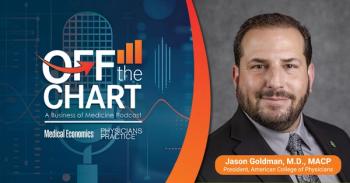
IOM: Practices and public health must collaborate
The Institute of Medicine says your practice should work with public health organizations in your community. Discover the potential payoffs.
The Institute of Medicine (IOM) believes your practice and your community’s public health officials need to work together.
The report highlights examples such as the
The report also cites the
In the report, the IOM does not advocate for a complete merger of primary care and public health organizations. Every community will be different, and not all will be able to achieve true partnership, it says. In some communities, achieving mutual awareness will mark a significant step forward, but it will be useful to strive for greater integration when possible.
“While integrating fields that have long operated separately may seem like a daunting endeavor, our nation has undertaken many major [healthcare] initiatives,” said committee chairman Paul J. Wallace, senior vice president and director, Center for Comparative Effectiveness Research, in a statement. “It's time we did the same for
Related Content
Newsletter
Stay informed and empowered with Medical Economics enewsletter, delivering expert insights, financial strategies, practice management tips and technology trends — tailored for today’s physicians.
















